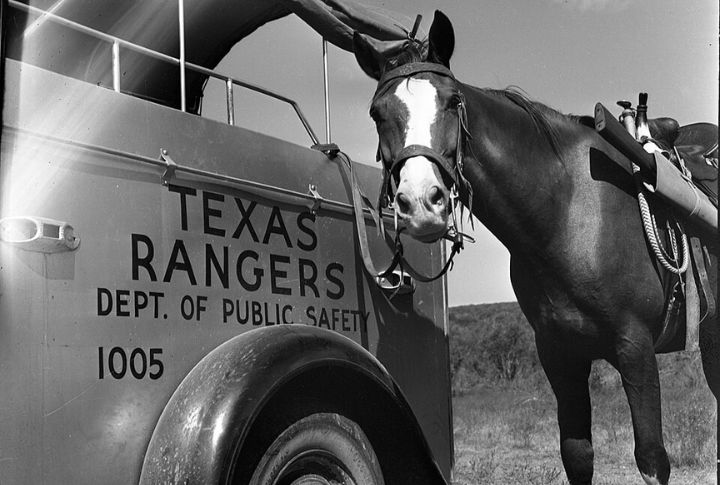
The Texas Rangers aren’t just folklore. They’re a real elite law enforcement unit with roots deeper than most states. Their work blends old-school grit with high-level investigations. But what really goes on behind the badge? These 10 facts uncover lesser-known truths about one of America’s most iconic forces.
Origins Rooted In Frontier Defense

The Texas Rangers began in 1823 as a militia group organized by Stephen F. Austin to protect settlers in Mexican-controlled Texas. They operated with limited resources, patrolling vast areas on horseback. Their early actions laid the foundation for Texas’s statewide law enforcement tradition.
Transition From Militia To Elite Force
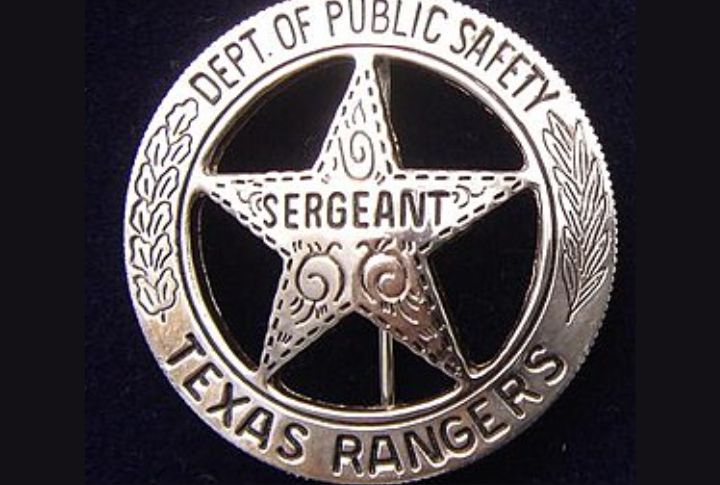
In 1935, the Texas Rangers became an official division of the Department of Public Safety. Since then, they’ve transformed into an elite investigative unit. Today, Rangers handle major cases across the state, including homicides, organized crime, and high-profile investigations involving public officials.
Intelligence Gathering Is Core To Their Operations

Rangers don’t just make arrests, but they also gather intelligence and share information with law enforcement partners. This work helps support long-term investigations. Their behind-the-scenes role is critical to coordinating responses and exposing large-scale unlawful activity across jurisdictions.
Integral Role In Tactical Operations
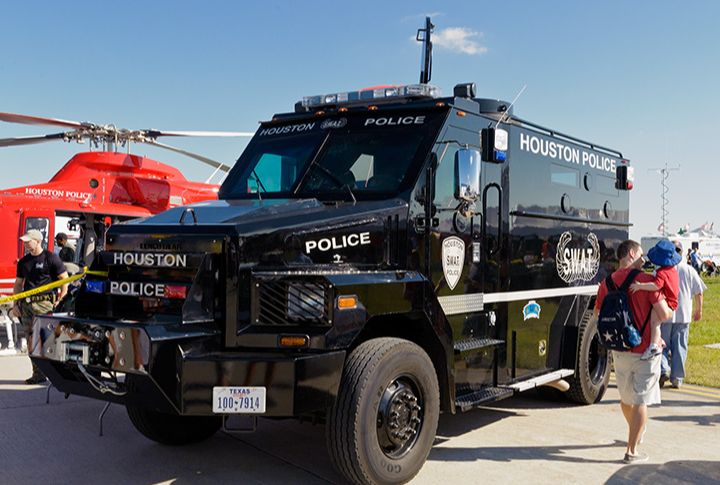
In addition to investigations, Texas Rangers lead specialized tactical units such as DPS SWAT and explosive ordnance teams. These squads handle critical incidents like hostage rescues and armed standoffs. Rangers ensure seamless coordination with local law enforcement during emergencies that demand expert action.
Commitment To Solving Cold Cases

Texas Rangers manage the Unsolved Crimes Investigation Program, helping local police revisit cold cases. They apply modern forensic tools and reinterview witnesses. These efforts bring closure to victims’ families and often solve cases that were unsolvable decades ago due to limited technology or resources.
Upholding A Distinctive Uniform Tradition
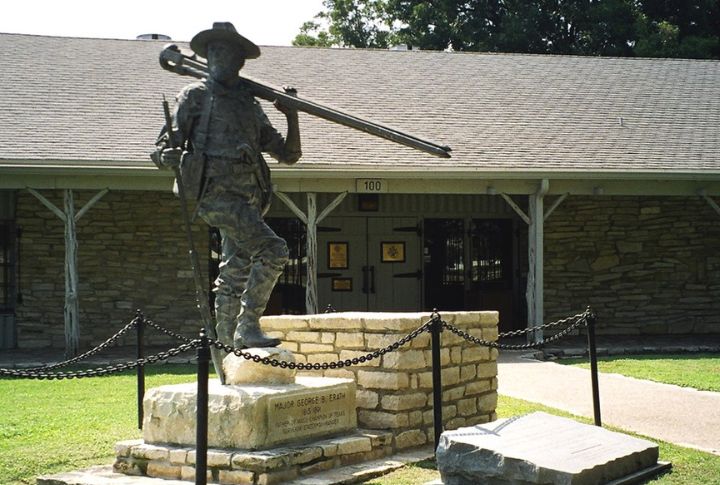
Rangers are recognized by their Western-style uniforms—boots, light-colored hats, dress shirts, and distinctive badges made from Mexican silver coins. The look reflects historical continuity and respect for tradition. It also sets them apart, reinforcing their identity in the field and public perception.
Selection Process Prioritizes Experience And Integrity
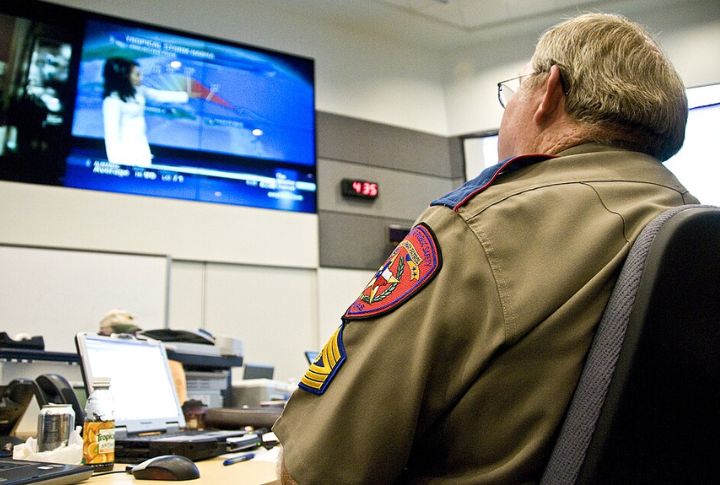
Candidates must have eight years of law enforcement experience and already serve as DPS officers to qualify. The vetting process includes background checks, interviews, and performance reviews. Only a small number are selected each year to ensure the force maintains its elite reputation and professionalism.
Rangers Serve As The Governor’s Security Detail

The Rangers provide personal security for the Governor of Texas and visiting dignitaries. This responsibility includes advanced threat assessments and travel logistics. While less visible than their investigations, it highlights the Rangers’ trusted status in protecting the state’s highest-ranking officials.
Involvement In Public Corruption Investigations

Texas Rangers investigate allegations of corruption involving public officials, law enforcement misconduct, and election fraud. They operate independently of local politics and are often called in when neutrality is essential. Their work strengthens accountability and ensures justice is applied evenly, regardless of position.
Acknowledgment Of A Complex Legacy

The history of the Texas Rangers might include serious controversies, such as involvement in racial violence and unlawful killings. One example is the 1918 Porvenir Massacre, where 15 unarmed Mexican men were executed. Today, historians and state officials are working to confront these events and present a fuller, more accurate account of the Rangers’ legacy.

